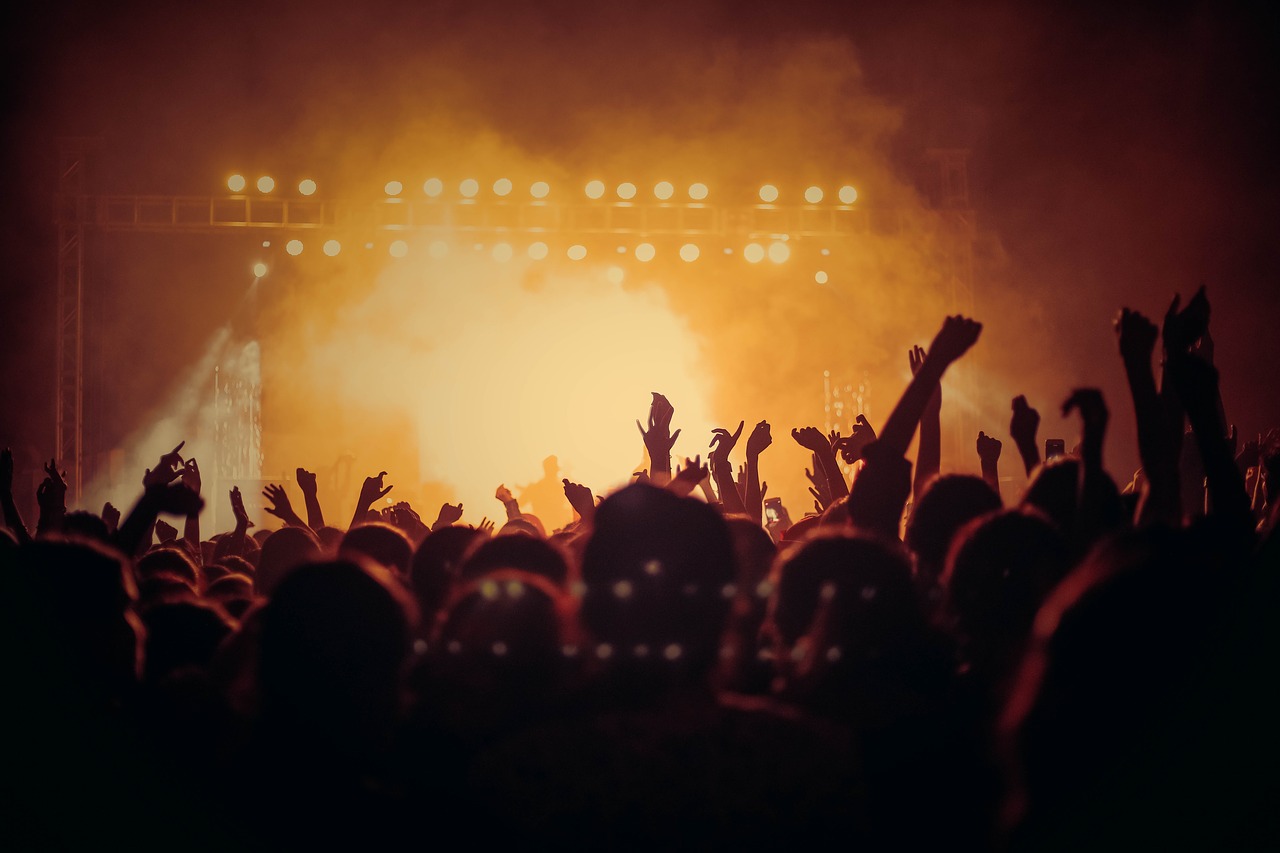What Went Wrong at Astroworld?
When there’s a large event of any kind, the organizer has a massive amount of responsibility. Many things have to come together for a successful event. Event security and safety are critical, and unfortunately, things seem to have gone very wrong at the Astroworld event with rapper Travis Scott.
Ten people died at the Houston event, including a nine-year-old child trampled during Scott’s performance.
The event was a tragedy, but it also reveals just how vital event planning and security are and the ramifications when things aren’t done correctly.
The Event
Tens of thousands had come to see Travis Scott perform in Houston. There were 50,000 spectators, in fact, at the sold-out festival. Early arrivals to the event had rushed into the entrances when they opened, so forcefully that metal detectors were toppled. Guards and police were trying to keep up with crowd surges early on.
Many people went to the festival only to see Scott, although there were other performers. Some waited for hours to get a prime spot.
Around noon, a merchandise area on the festival grounds was closed because the crowd was out of control. By five that evening, thousands of people without wristbands for the event breached the barricades and got into the event.
Just a few seconds into Scott performing, some attendees say they started to feel the energy was becoming dangerous, and it was getting hard to breathe.
At Travis Scott shows, the attendees are known as ragers, and the expectation is they’re always in motion during concerts.
Moshers were growing massive pits, and there was a simultaneous push toward the stage, leaving a compression in the crowd.
Scott continued to perform, not seeming to notice what was happening.
Eventually, police started to radio one another with alerts that people were passed out and being trampled.
Live Nation, the show’s promoter, eventually ended the show on their end, but the concert went on for whatever reason.
Scott went on for 52 minutes, and then Drake surprised the crowd, making the situation even worse.
Why the Tragedy?
There are dozens of lawsuits already filed by the concert attendees against organizers and the rapper.
Crowd surges aren’t a new event, but this one was exceptionally chaotic and they are an overall rare occurrence.
When protocols are being followed, in a large event or a crowd, if there is distress, there should be procedures in place, so the show stops immediately, even if temporarily.
Travis Scott, throughout the course of the event, stopped the show four times and then started right back.
He did ask the crowd at one point if the people he saw were okay, and he says the people raised their hands to indicate they were.
Even so, most security and safety experts feel the concert should have stopped at that first moment when Scott realized something was going on.
What Are the Proper Protocols?
Even with the best plans, a large event brings uncertainties. There should be under ideal circumstances a show stop team, according to event security experts. These would be people who are specially trained to identify when a crowd is in distress.
They can identify life-threatening situations, and they have noise-canceling headsets to stay in communication with someone who’s on the stage.
The artist should receive a briefing about their role and responsibilities before the show. The lighting designer and sound engineer should also be part of the safety and security briefings leading up to the event.
How Do Crowd Surges Kill People?
For people who read the news about the Astroworld event, it may have been hard for them to understand how a crowd surge can seriously injure or kill people. In 1979, 11 people were killed when they entered a The Who concert in Cincinnati. In England, in 1989 there was a human crush at a soccer stadium leading to almost 100 deaths.
More recently, in 2015, two crowds colliding at the hajj pilgrimage in Saudi Arabia caused thousands of deaths.
People don’t usually die because they’re trampled. Instead, they’re being squeezed to the point they can’t get oxygen.
The force of a crowd surge can be so strong it could theoretically bend steel. You can also get hit from multiple directions. You could be hit from the back as a crowd pushes forward and then from the front as people try to escape.
If people fall, it can make a pileup, so pressure can also come from above.
A form of asphyxiation is often the cause of death in crush situations, as is swallowing stomach contents.
These events all tend to have similar features when people are hurt and die in crowds.
The design of the event is a significant factor. It’s essential to make sure density doesn’t exceed guidelines. Everyone should enough space to move around freely. If venues know a high-energy crowd is going to be there, they will often take steps such as setting up pens around the stage which break big groups into smaller ones.
Along with density, there is usually a catalyst that leads everyone to try and rush in the same direction. The crowd could be running away but also toward something.
Poor crowd management is another issue. There may not be the right procedures and protocols in place for warnings.
The word stampede isn’t technically used because that tends to illicit the idea the crowd is to blame.
It’s much more often considered the fault of the event organizers.
We don’t know legally how the situation resulting from Astroworld will play out, but ultimately it looks as if multiple parties could be liable for what happened.
Event organizers have to think carefully going forward about making safety and security priorities as the world tries to come out of the pandemic and once again return to live events. There could be different energy amongst crowds which could contribute to potential risks as well.

